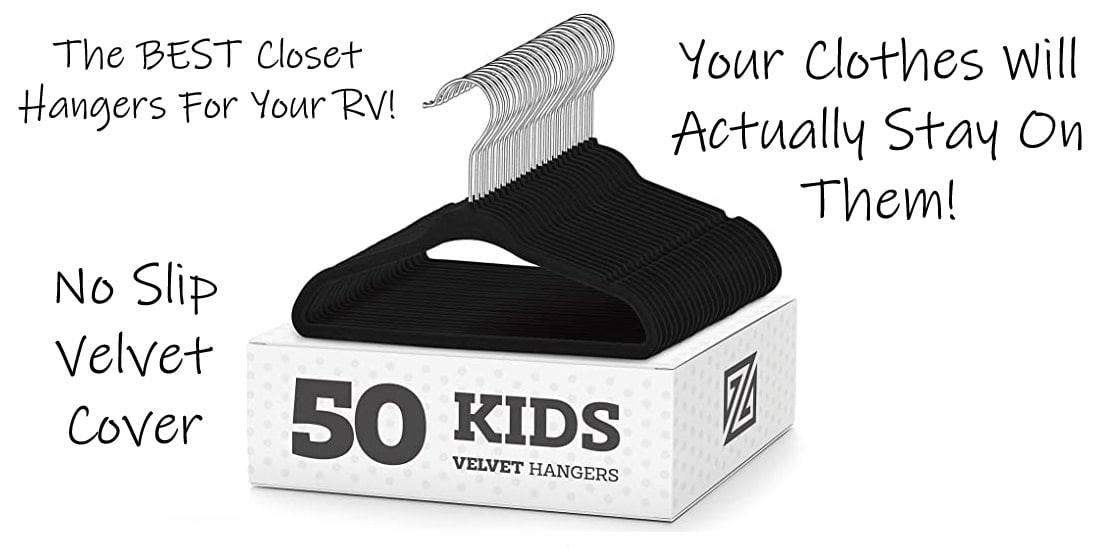Would you install RV Skirting just to see if it really makes any difference at all? I did.
Now I didn’t go out and buy a completely custom made, super expensive, extra thick skirt to wrap around my RV in the hopes that all the old timers are right.
Nope. I went the super frugal way and bought a few tarps on amazon and made my own on the cheap.
I honestly had no intention of ever putting skirting around the bottom of our Fifth Wheel. Hell, we were never supposed to be cold again because we were following 70 degrees around the country. Well plans change, and now we find ourselves parked in the NOT 70 degrees of New England for the Winter.
What made me change my mind? It was a balmy 20 something degrees out the other morning, and our neighbor Alex and I ended up going out to our trucks at the same time. He had just put his skirting up a few days ago, so through chattering teeth I asked if it was worth all the work.
“Oh my god yes.” was his answer. “My furnace only runs half as much as it used too.”
Later that day I clicked around a bit and ordered a few tarps, and a snap button kit, while trying to convince myself that I wasn’t cold.
Don’t forget to read: RV Camping, 5 Tips Even The Pro’s Don’t Know
Before Installing RV Skirting
We have a 42 foot Fifth Wheel Montana that came with a 1,500 watt electric fireplace in the Front Living Room. There is also a 40,000 BTU Furnace mounted roughly between the Living Room and The Kitchen. We also installed a Delonghi Wall Mount heater in between the dining table and window in the kitchen slide.
My Wife and I diligently went around the inside AND outside of the RV, and filled every air gap we could find. We used spray foam where we could, and soft foam insulation where we couldn’t. It definitely helped, and we thought we had done a great job.
We sealed it up so tight that if you turned on the fantastic fan in the kitchen it was actually harder to open the door to the RV. The first night that the temps dropped below freezing, we just could not get rid of that chilly feeling while watching TV.
We had every heating appliance in the RV set to 70 degrees and they were all diligently doing their duty. Every now and then it felt like someone opened the door and Jack Frost ran through the living room.
Now let me be clear, this is not a knock on any of the heaters, they were all working great. RV’s are just not built the way they should be. Even though we had sealed every gap we could find, there were obviously plenty we didn’t.
The two electric heaters never shut off that night, and the built in furnace kicked on every 15 minutes or so. All. Night. Long…
After Installing RV Skirting
I can tell you there was an immediate difference in the way the air felt inside. If it wasn’t on my own RV I wouldn’t have believed it would make that much of a difference.
There was a learning curve between the idea I had in my head, and what actually played out in real life when making our own skirting. I thought it would be 2 or 3 hours before I was finished. Turns out it was Two Days.
Like I said earlier, I went cheap. I didn’t get any super thick or insulated tarps. I bought the cheapest 6 foot by 10 foot tarps I could find. Between the tarps and the snap kit I was All In for under $150.
Anyone who has been outside on a cold windy day knows that if you duck behind a wall and out of the wind, it feels way better. It’s the same principal with the RV Skirting. What you’re doing is creating a wind barrier for the under side of the RV.
I attached the tarps above the bottom of the body panels as high as I could without blocking any cabinet doors. On the bottom I just let the tarp lay on the ground and put a 2×4 across it to hold it down.
I overlapped each tarp about 6 inches, and cut 2×4’s that would reach from the ground to the body panel at each seam. Put the short 2×4’s between the tarps and the RV, and used a staple gun to attached both overlapping flaps to the 2×4’s.
Repeat this process all the way around the RV until you get back to where you started. Where hoses pass through I cut a hole just big enough to pass it through, and attached them where they need to go.
When you are laying out your project, try to make sure it will be easy to get to your black tank handle if it is under your RV and not in a cabinet. You are also going to want to make sure you have a heated water hose so it doesn’t freeze.
Did the Skirting Really Help
To reiterate what Alex told me, Oh my god yes.
Last night it got down to 23 degrees. We had our RV Furnace set to 67 as a backup for the fireplace and kitchen wall heater. The kitchen heater was set to 68 and the fireplace was on Low instead of High.
The furnace didn’t kick on at all. Not once.
Just eliminating the drafts through frame rails and wire channels under cabinets etc, significantly reduced how much heat we were losing. By blocking the wind under the belly of the RV the trapped air was able to set up thermal layering.
Thermal Layering is just what it sounds like. Hot air rises, cold air sinks. Now instead of the belly of the camper being the “bottom” layer, the ground is. The colder air stays down by the ground, and a layer of warmer air rests against the belly of the RV.
Without the wind blowing underneath the layers just kind of sit there, instead of wisping in and out of the small air gaps you’ll never find.
Day 2 of having the skirting around the RV we turned the furnace down to 65. We left the kitchen heater set to 68 and fireplace on low. In the middle of the night I actually had to get up and turn the fireplace off.
Even though it’s on the opposite end of the RV, with both heaters on it was just too warm to sleep. So my advice is, if you are thinking about skirting, do it.
There are lots of options out there, and each campground has different rules on what they allow. We’ve seen rigid foam board insulation, tarps, professionally made custom skirts, plywood, you name it.
I would assume a professionally made custom fit insulated skirt would perform the best. If you are on a tight budget, my DIY RV skirt is working well enough that I don’t have to refill the propane tanks every Friday.
The whole key is to block as much wind as possible, and remove as many air gaps as possible. Now the RV is staying nice and warm at night. So we can get back to complaining about normal stuff, like how there’s nothing to watch on TV, or that 6:30 feels like midnight this time of year.
See ya in the spring.





